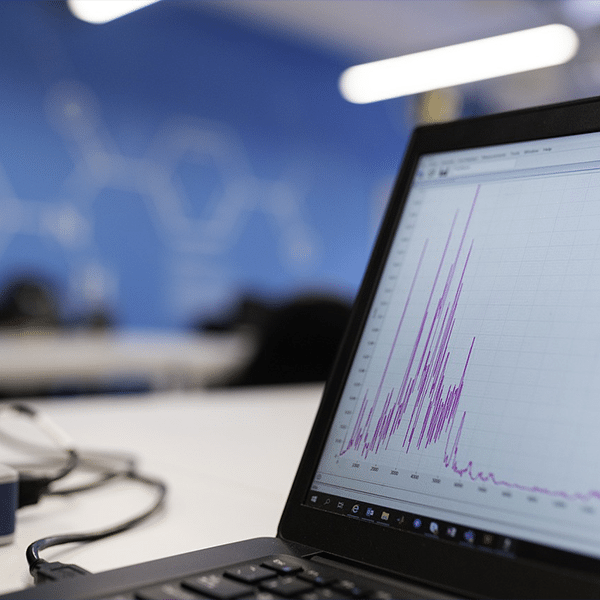Shipments are down but looking somewhat brighter for the worldwide smart TV sector, according to International Data Corp. (IDC).
The firm estimates that shipments declined 5.5% last year compared with 2022. Unit shipments are expected to be flat in 2024, but return to slow growth in subsequent years. The category is forecast to have a compound annual growth rate (CAGR) of 3.3% during the period from 2023 to 2027.
The macro-dynamics driving the results are high inflation and long refresh cycles, according to Jitesh Ubrani, the research manager for IDC’s Mobility and Consumer Device Trackers. He added that mature markets are transitioning from TVs that essentially are media-consumption screens to “ecosystem gateways.” This is driving price competition among devices from Amazon, Roku and others, which aim to integrate more broadly with smart homes.
IDC Smart TV Research
The four leading smart TV operating system providers — in order of 2023 market share — are Android, Tizen, Roku OS and FireOS. The first two experienced growth rate declines from 2022 to 2023, while the latter two grew.
Projections are that Android will have a 39% market share in 2027 and a 3.7% CAGR over the 2023-2027 period. It will be followed by Tizen (23%; 4.9% CAGR), Roku OS (12%; 2.5% CAGR) and FireOS (4%; 8.3% CAGR).
“Weak consumer demand in places like North America has put significant downward pressure on shipments in 2023, which is likely to persist into most of 2024,” Adam Wright, the research manager for IDC’s Smart Home and Office Devices, said in a press release. “Many vendors expect that persistent economic headwinds will continue to hamper the market through the first half of next year, but for now are relying on sales of premium televisions to help buoy their bottom lines. Whether that strategy is sustainable long-term remains to be seen.”
Previous IDC smart TV research from late last March found that economic pressure had led to a global shipment decline in 2022 for smart devices, the first ever for the overall category. Smart TVs, the largest component category, fell 4.3%. IDC said that strong COVID-related purchasing in 2021 set the sector up for the reduced shipments.



